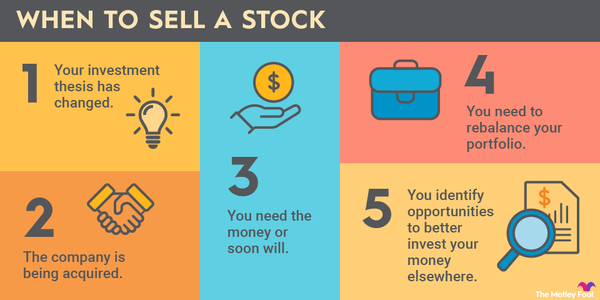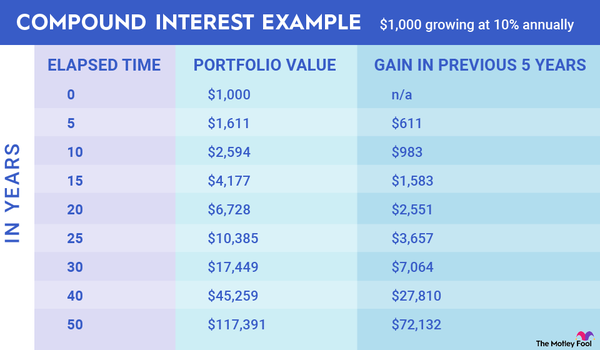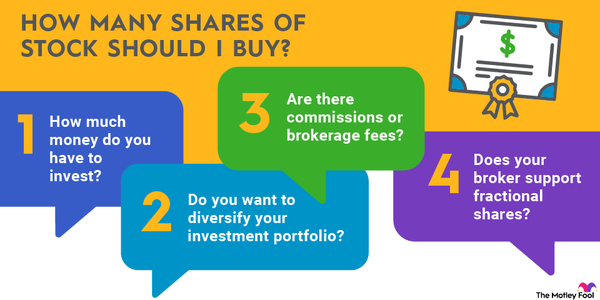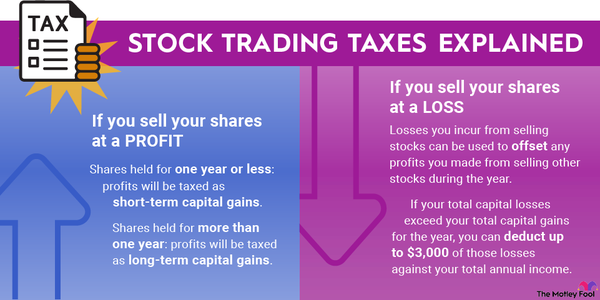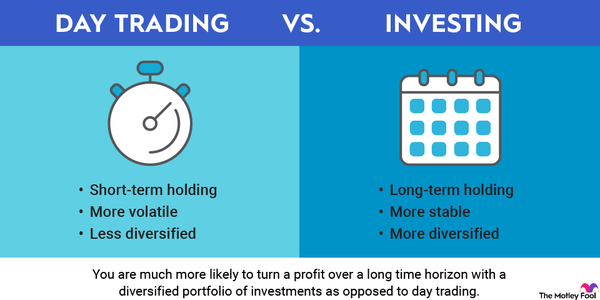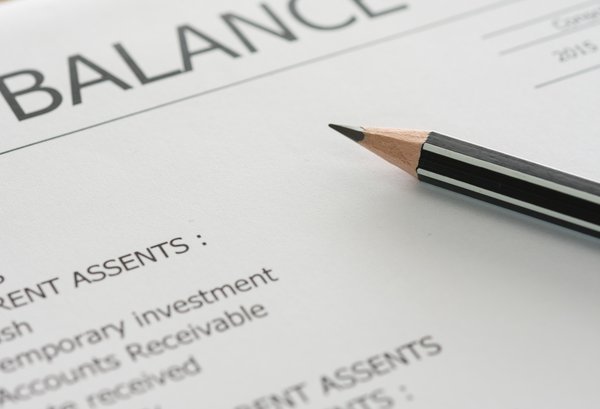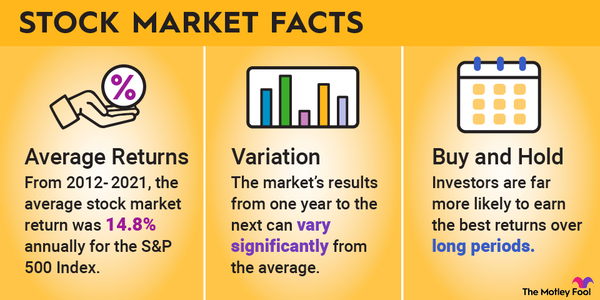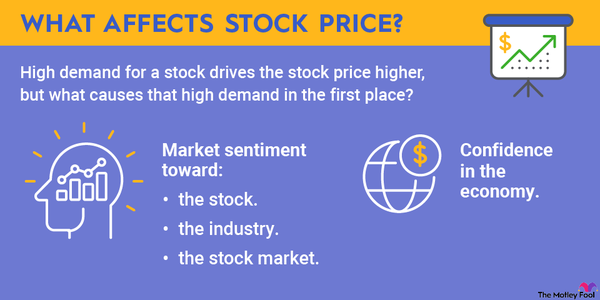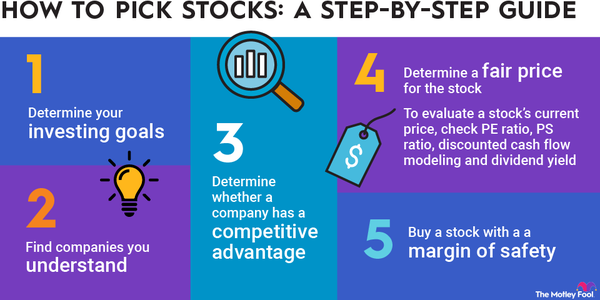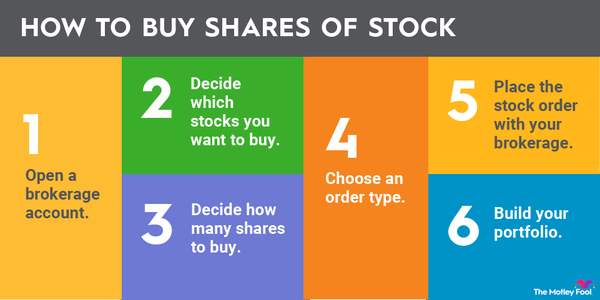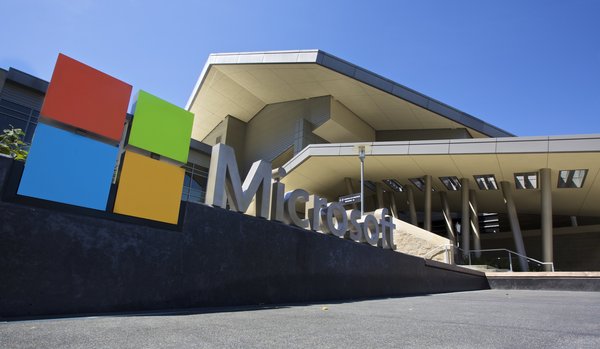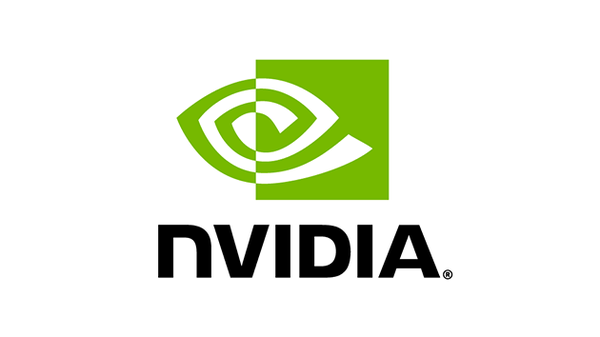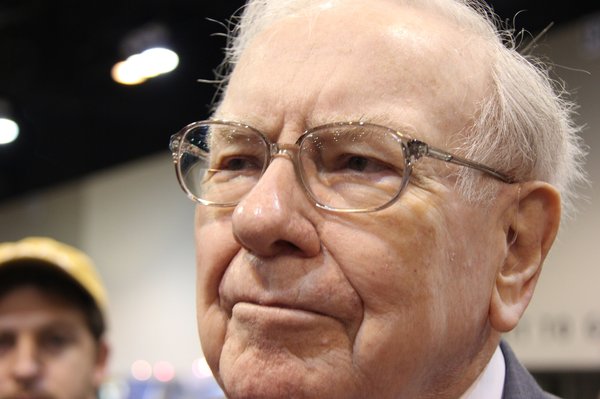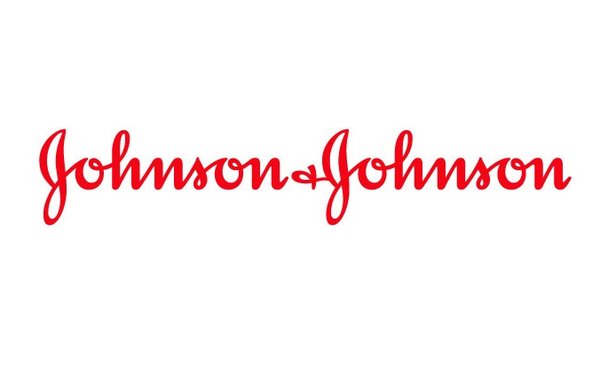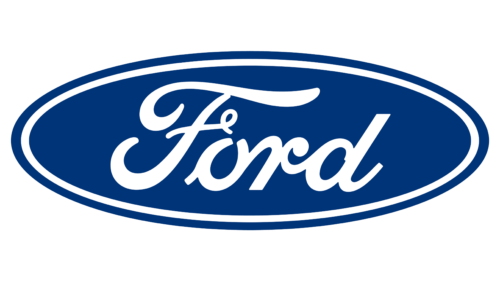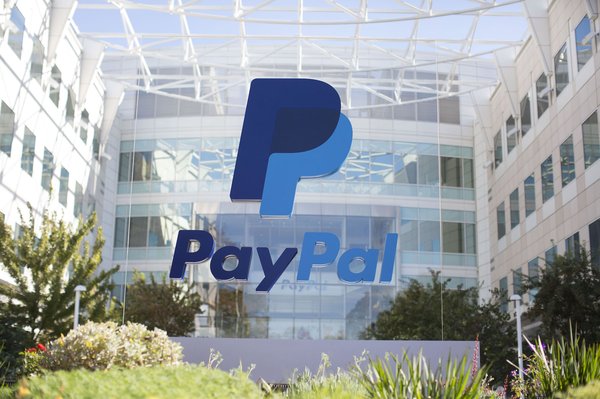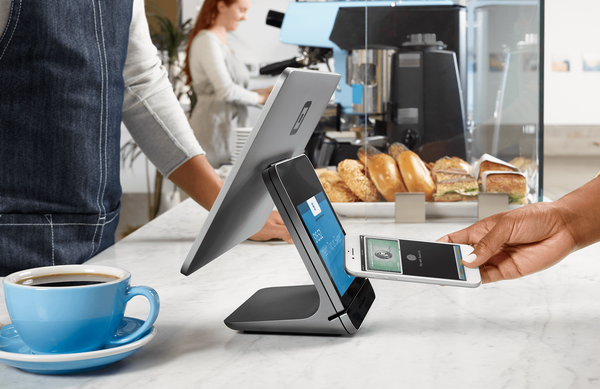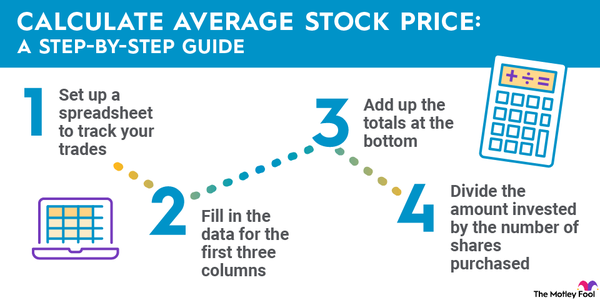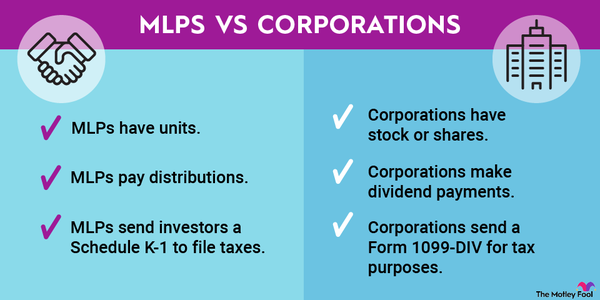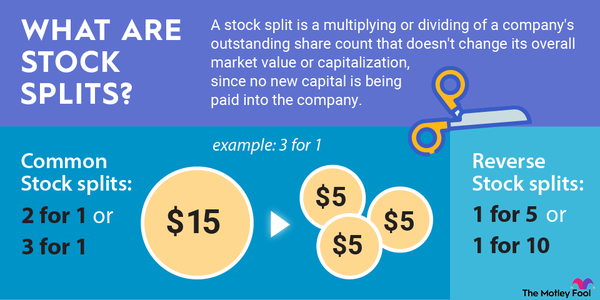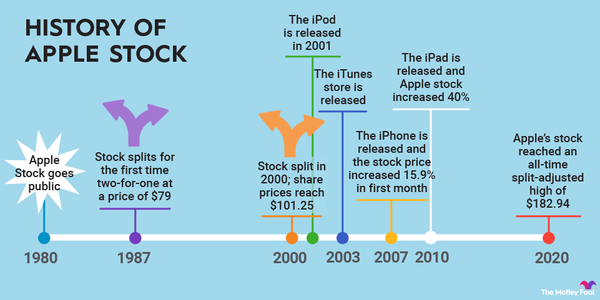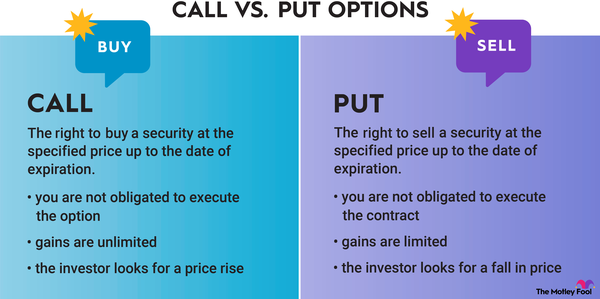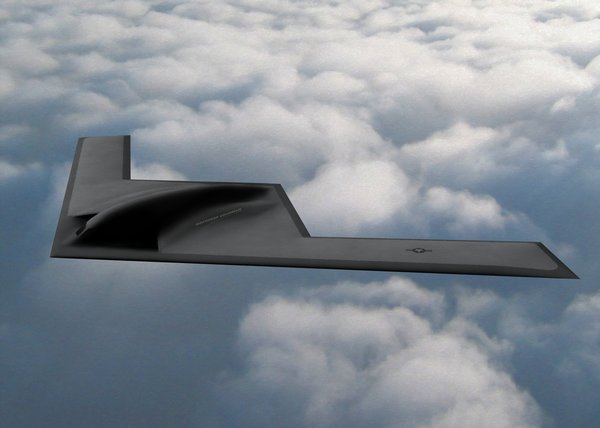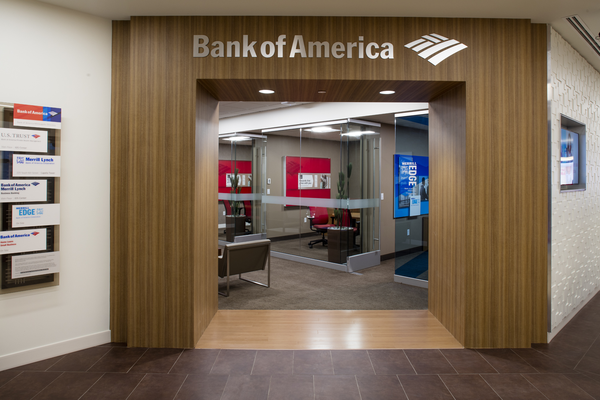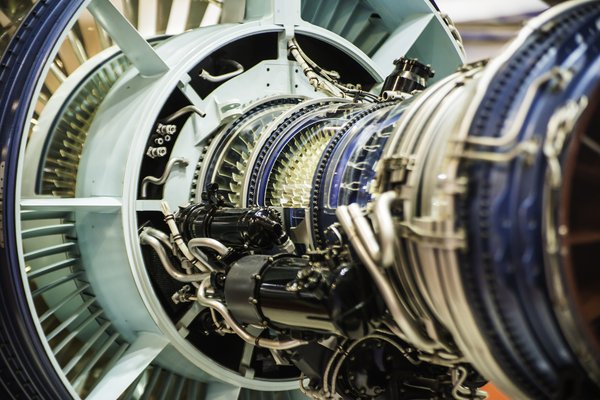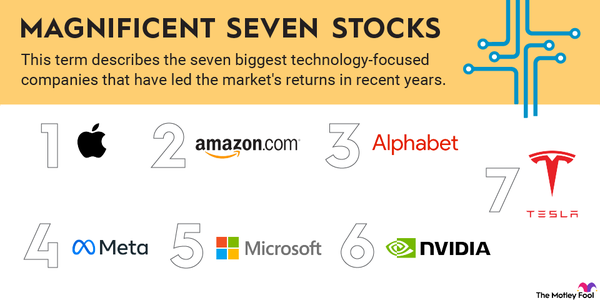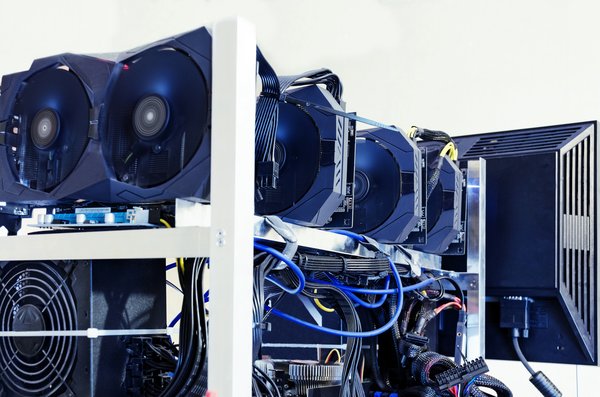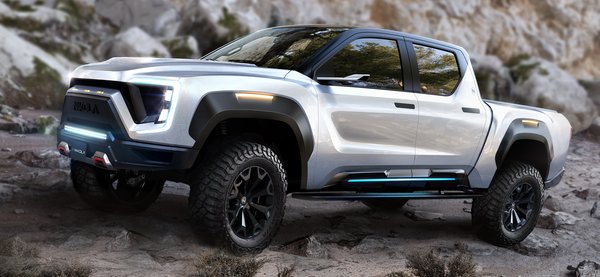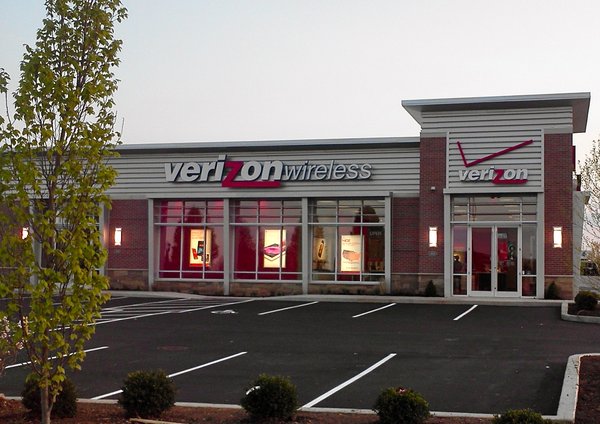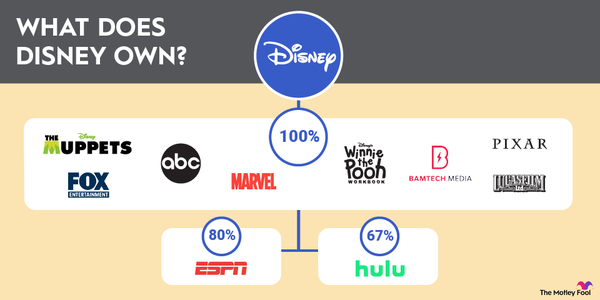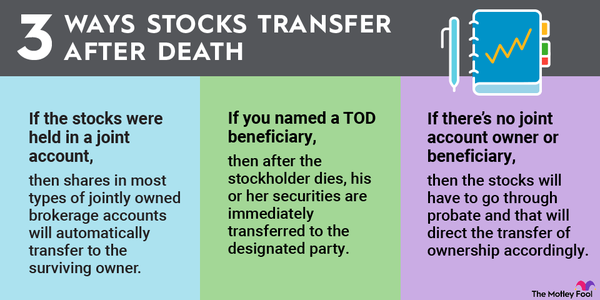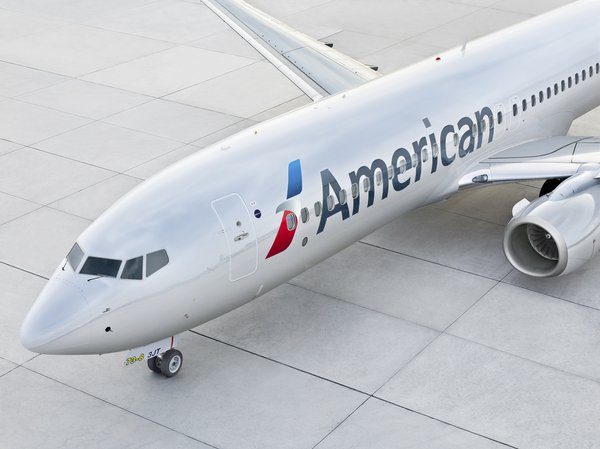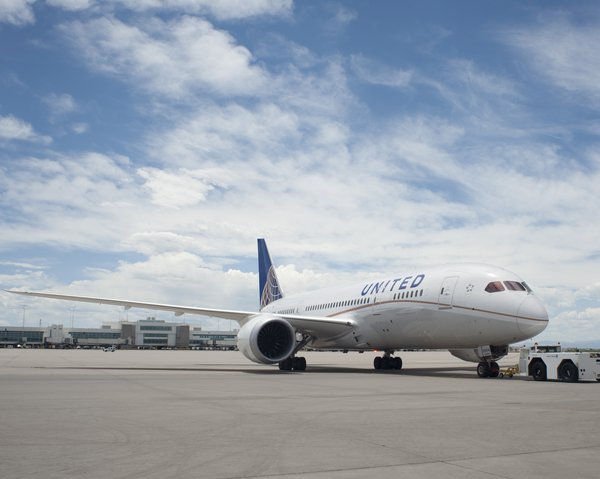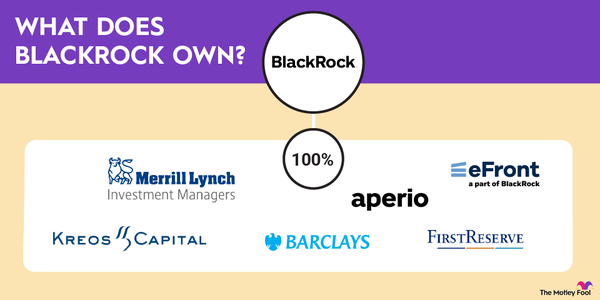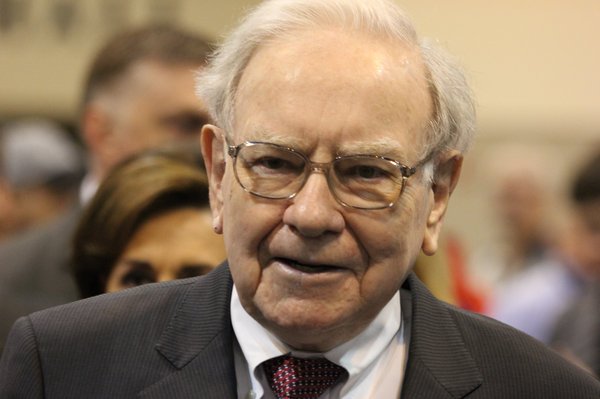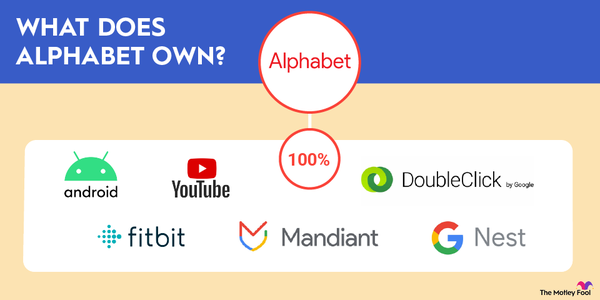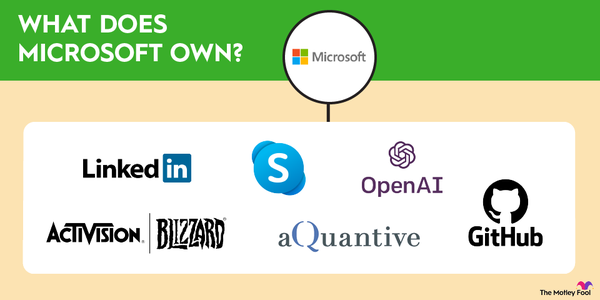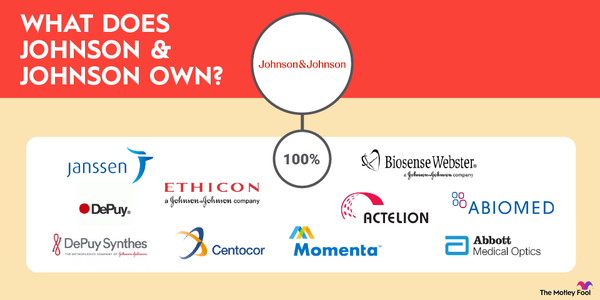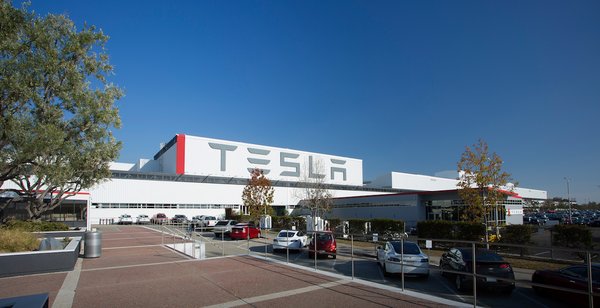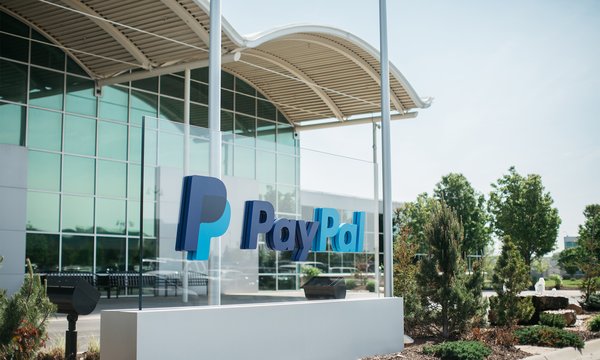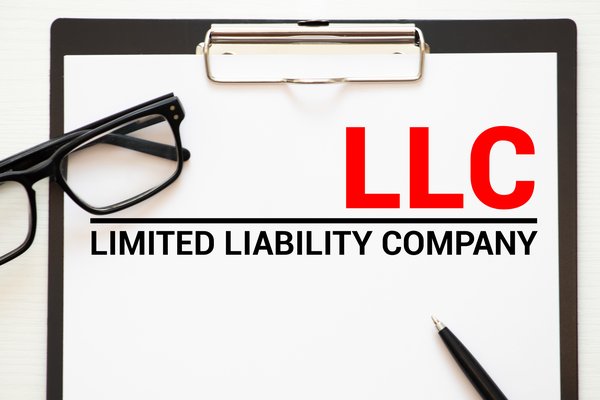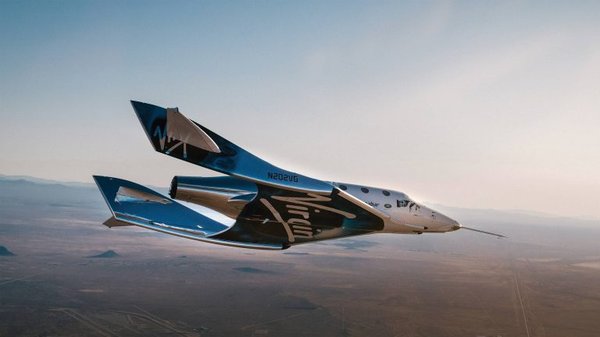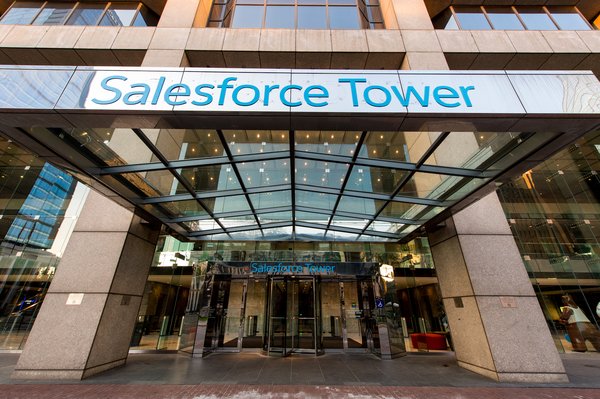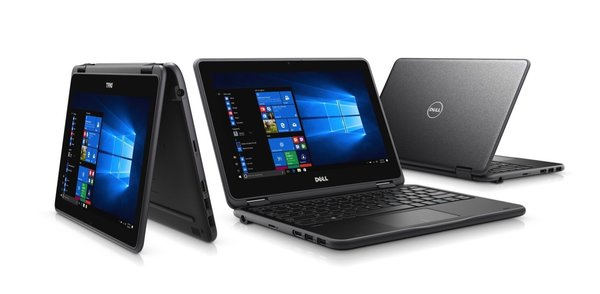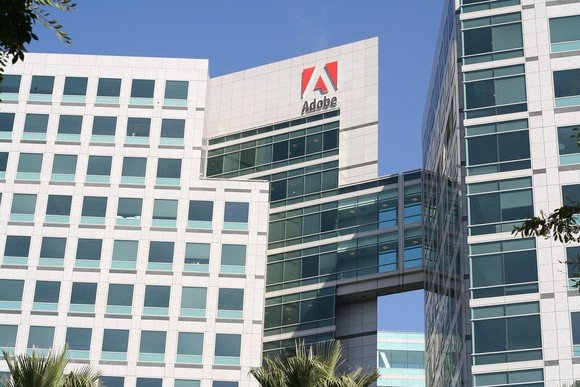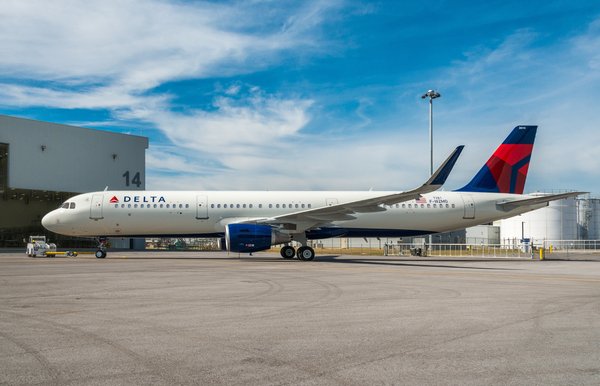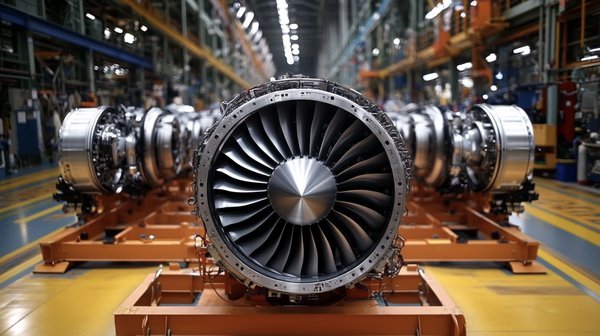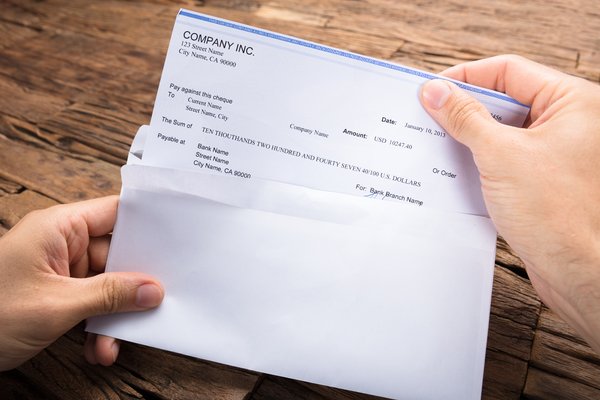It has been 20 years since the Concorde last roared across the skies at supersonic speeds, yet Boom Supersonic is speeding along on its journey to return supersonic service to air travelers. For those adding growth companies to their radars, Boom Supersonic stock has emerged as a potential investment opportunity.

Founded in 2014, Boom Supersonic has developed a supersonic aircraft that has garnered interest from leading airlines over the past few years. In 2021, United Airlines (NYSE:UAL) inked an agreement with Boom Supersonic to purchase 15 of the company's Overture aircraft, targeting 2029 (or before) as the start of opening service to customers. More recently, American Airlines (AA 2.05%) expressed interest in adding Boom Supersonic to its fleet, signing an agreement in 2022 to purchase as many as 20 Overture aircraft with an option to purchase an additional 40 aircraft.
In addition to airlines, Boom Supersonic is working with the U.S. Air Force to explore opportunities for its use in government applications. In 2022, Boom Supersonic and the U.S. Air Force announced a three-year collaboration valued at as much as $60 million to support the development of the Overture aircraft.
Contrary to its name, Boom Supersonic has designed an aircraft that is capable of achieving supersonic flight without producing the sonic boom that conventional aircraft make when they break the sound barrier. Enjoying a quieter travel experience isn't the only benefit; passengers on Boom's aircraft will find significantly shorter travel times -- about 40% to 50%. While a typical flight from San Francisco to New York takes over five hours, Boom Supersonic believes it can shorten the trip duration to three and one-half hours.
IPO
Is it publicly traded?
Is Boom Supersonic publicly traded?
As of March 2025, Boom Supersonic was not a publicly traded company. Investors interested in gaining a position in the company must look for other options. Despite its lack of availability on public markets, the company has held several funding rounds to raise capital.
Having completed several rounds of funding that attracted interest from individuals such as Sam Altman and various venture capital firms like Octant Ventures and Drive Capital. Boom Supersonic also found its way onto Cathie Wood's radar and an ARK Invest's ARK Venture Fund (NASDAQMUTFUND:ARKV.X) holding.
IPO
When will Boom Supersonic IPO?
While there may be a number of investors interested in taking flight with Boom Supersonic stock, the company hasn't disclosed any plans regarding a public offering as of March 2025 about holding an initial public offering (IPO). Frustrating as it may be for investors to find that Boom Supersonic isn't on the IPO calendar, there are plenty of other businesses that plan on appearing on public markets for the first time in 2025, providing investors with numerous options to buy IPO stocks.
How to invest
How to buy Boom Supersonic stock?
The majority of investors will find that picking up shares of Boom Supersonic isn't a possibility for them. Others, however, who qualify as accredited investors may be able to gain a position in Boom Supersonic through platforms like Forge Global (FRGE -10.75%) and Hiive.
Those who don't qualify as accredited investors still have other opportunities to gain exposure to transportation stocks.
1. Archer Aviation
Those who recognize Boom Supersonic as a compelling growth investment may recognize Archer Aviation (ACHR -1.05%) as a worthy substitution. The company is attempting to disrupt urban air travel with its electric vertical take-off and landing (eVTOL) aircraft, Midnight. Having received several key certifications from the Federal Aviation Administration, Archer Aviation hopes its Midnight aircraft will launch commercial operations in Abu Dhabi in late 2025.
Like Boom Supersonic, Archer Aviation provides exposure to a business that transcends civilian applications. Due to the agreement that it signed with upstart defense company Anduril to develop a hybrid vertical take-off and landing aircraft for defense applications, Archer Aviation also provides some defense industry exposure.
2. Kratos Defense & Security Solutions
The majority of investors can't obtain direct exposure to Boom Supersonic, but they can gain indirect exposure to the company by picking up shares of leading defense contractor Kratos Defense & Security Solutions (KTOS 1.09%). Florida Turbine Technologies, a division of Kratos, is collaborating with Boom Supersonic on the development of the Symphony engine, which powers the Overture aircraft. According to Boom Supersonic, Symphony provides "better engine maintenance intervals that will reduce operating costs by an average of 10% when compared to derivative engine approaches."
Consistently growing revenue as well as earnings before interest, taxes, depreciation, and amortization (EBITDA) while not weighing down its balance sheet with debt to fund its operations, Kratos is a defense contractor that may appeal to more conservative-leaning investors.
3. RTX
Defense industry stalwart RTX (RTX 0.38%) provides another opportunity for investors to gain indirect exposure to Boom Supersonic. Picking up shares of RTX provides investors with indirect exposure to Boom Supersonic, thanks to its collaboration with Collins Aerospace, which provides aerospace and defense products and services to aircraft manufacturers. Accounting for sales of $28.3 billion in 2024, Collins is one of RTX's three operating segments.
In 2022, Boom Supersonic announced that it had expanded an agreement with Collins, which will provide assistance in developing ice protection systems as well as other aircraft systems. Previously, Collins had provided assistance with inlet, nozzle, and exhaust system technologies to facilitate the net-zero carbon operation of Overture.
Accredited investors may access platforms that provide them an opportunity to buy pre-IPO stocks, but retail investors who aren't accredited and find themselves interested in buying shares of Archer Aviation, Kratos Defense & Security, or RTX only have to take a few simple steps to become shareholders:
1) Open your brokerage app. Log into your brokerage account where you handle your investments.
2) Search for the stock. Enter the ticker or company name into the search bar to bring up the stock's trading page.
3) Decide how many shares to buy. Consider your investment goals and how much of your portfolio you want to allocate to this stock.
4) Select order type. Choose between a market order to buy at the current price or a limit order to specify the maximum price you're willing to pay.
5) Submit your order. Confirm the details and submit your buy order.
6) Review your purchase. Check your portfolio to ensure your order was filled as expected, and adjust your investment strategy accordingly.
Profitability
Is Boom Supersonic profitable?
As a privately held company, Boom Supersonic isn't subject to the same regulatory requirements as its publicly-held peers. This leaves investors interested in gaining insight into the company's financial well-being out of luck. If the company moves forward with an IPO, it will be required to submit Form S-1, which investors would then be able to comb through and gain a better sense of the company's financial health.
Should I invest?
Should I invest in Boom Supersonic?
Because Boom Supersonic hasn't held an IPO, most retail investors are unable to add the aerospace stock to their portfolios. If management proceeds toward an IPO, investors will gain insight into the company's financial health after the company submits the requisite regulatory filings. At that point, investors will have a better sense if the stock is right for them.
Accredited investors, however, may be able to gain exposure to Boom Supersonic today. Exercising caution is critical since the company's financial situation is vague, leaving it as an option best fit for those with a threshold for substantial risk.
ETF options
ETFs with exposure to Boom Supersonic
Because Boom Supersonic isn't listed on public markets, it's ineligible for inclusion in exchange-traded funds (ETFs). Options for investors include:
- U.S. Global Jets ETF (JETS -1.15%): From airlines to aircraft manufacturers, the U.S. Global Jets ETF provides investors with comprehensive exposure to the aviation industry. With an 11.4% weighting, Southwest Airlines (LUV -3.7%) is the fund's top holding, while United Airlines and Delta Airlines (DAL -0.47%) represent the second- and third-largest positions. The U.S. Global Jets ETF has $892 million in net assets and an expense ratio of 0.60%.
- iShares U.S. Aerospace & Defense ETF (ITA -0.43%): Ideally suited for those interested in exposure to both aerospace stocks as well as those in the defense industry, the iShares U.S. Aerospace & Defense ETF is a smart choice. While the fund has 35 holdings, three stocks that make up the lion's share of the weighting. GE Aerospace (GE -1.66%) and RTX hold the top two spots with weightings of 19.8% and 16.3%, respectively, while Boeing (BA 0.78%) has an 11% weighting. The iShares U.S. Aerospace & Defense ETF has $6.1 billion in net assets and an expense ratio of 0.40%.
The bottom line on Boom Supersonic
Presenting air passengers, once again, with the possibility of supersonic flight, Boom Supersonic is on the verge of distinguishing itself as a unique travel option. Whereas high operating costs plagued the Concorde and led to its demise, the management of Boom Supersonic is optimistic that it can prosper in the wild blue yonder.
Since it's still privately held, though, most investors will have to wait for the company to hold an IPO or pursue an alternate investment opportunity.
FAQ
Investing in Boom Supersonic FAQ
Can I buy stock in Boom Supersonic?
Because it hasn't held an IPO, most retail investors don't have the ability to buy Boom Supersonic stock.
How do you invest in a company pre-IPO?
Platforms like Forge Global provide accredited investors with the ability to invest in companies prior to their holding IPOs.
What is the ticker for Boom Supersonic?
Because Boom Supersonic hasn't held an IPO, it's neither listed on a major exchange nor does it have a stock ticker.
Is Boom Supersonic a good investment?
Since it hasn't submitted regulatory financial filings, the company's financial situation is unclear, so it's difficult to ascertain whether it's a good investment.












